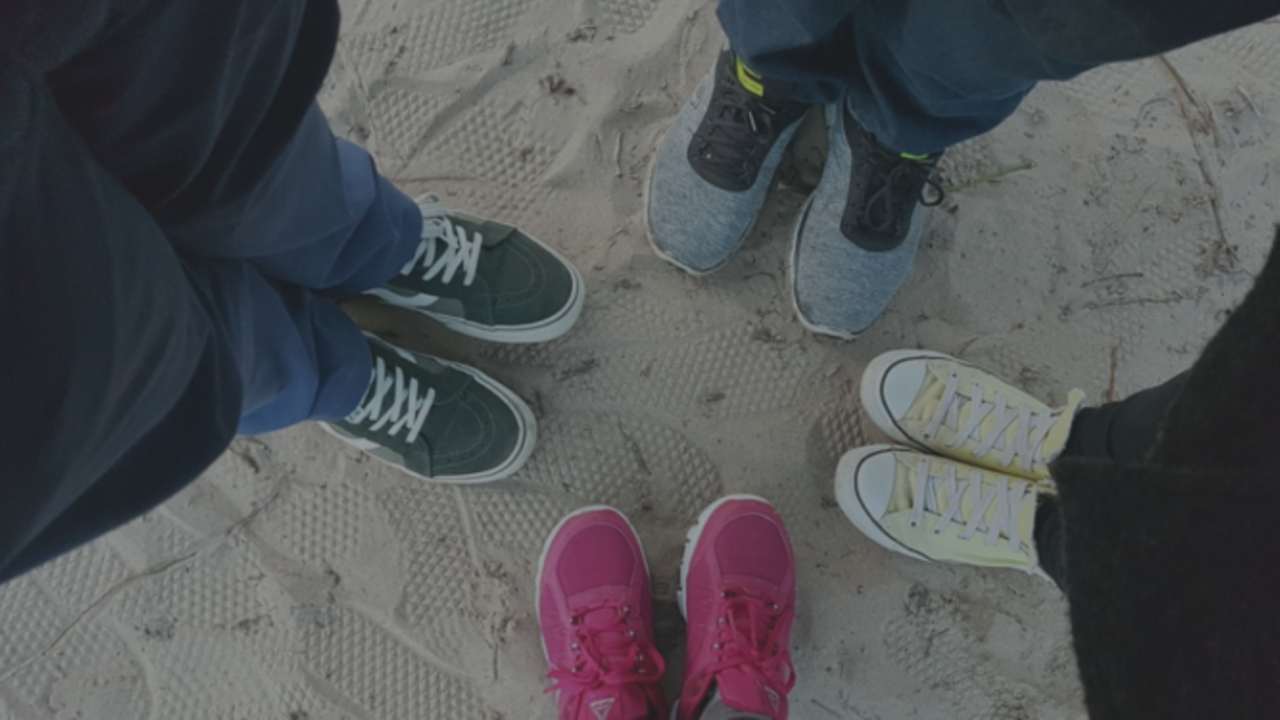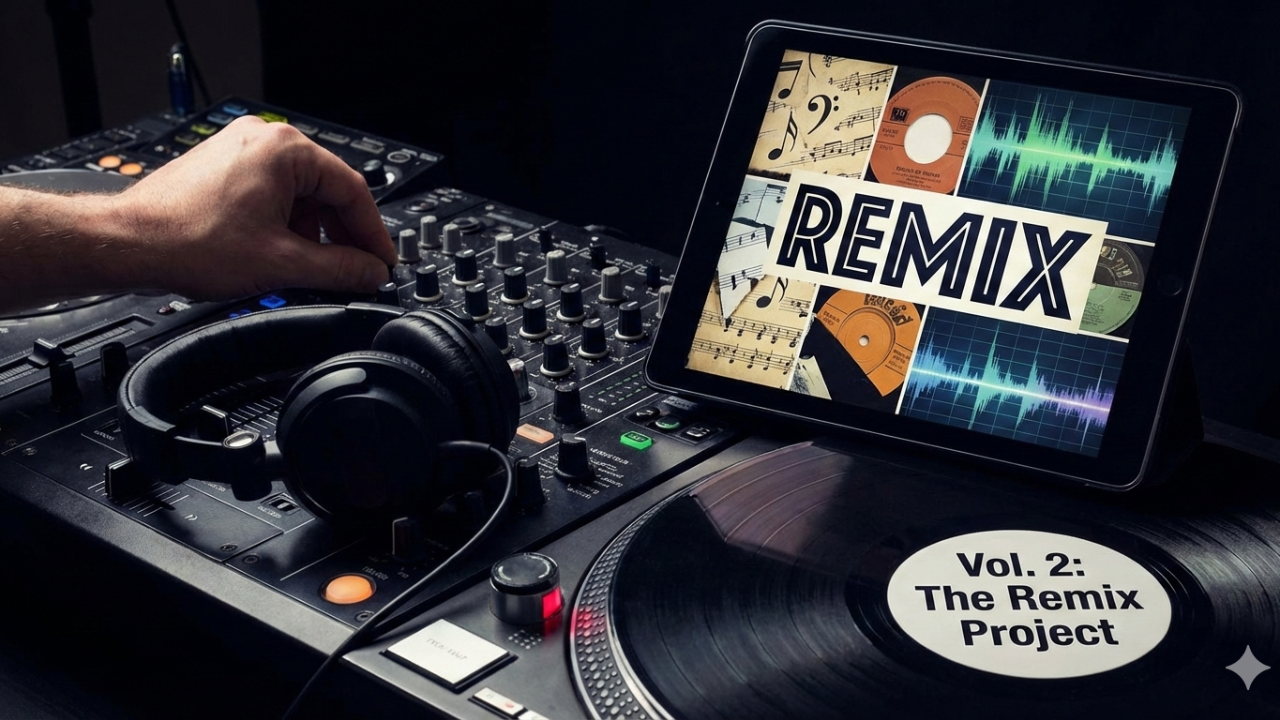Throw Out Your Office Referral; Circle Up Instead
Mar 25, 2019
Traditional discipline calls for rules and consequences, detentions, suspensions, and other carrots and sticks. Most teachers and school leaders know this ancient system does not work. What’s the answer to poor student behavior and school and class disruption? It may be as simple as inviting students to Circle Up!
In this excerpt from Hacking School Discipline: 9 Ways to Create a Culture of Empathy and Responsibility using Restorative Justice, teachers and school leaders Nathan Maynard and Brad Weinstein explain how the Circle Up restorative practice can help you reimagine school discipline and build a community of learners, filled with students who are always responsible and accountable for their own behaviors.
The Problem: Classroom Issues Aren’t Dealt With in the Classroom
The negative behavior du jour can bring your lesson to a skidding halt and put you in a predicament. You are pressured to address the problem quickly and appropriately, with all eyes on you. The quickest and easiest solution is a referral to the office.
After all, you have a whole class to teach, a new activity to pass out, emails to answer, and daily attendance to take. We all get it.
But how can we expect our students to do any better in the classroom if we just remove them when they do something wrong?
When the student returns from his field trip to the office or from in-school suspension, the behavior has been addressed, but the relationship has not. There may still be tension between the student and the teacher or the student and the classmates.
Best of all, circles invite shared power and responsibility.
You haven’t addressed any harm the student might have caused to the class as a whole, and that leaves the classroom climate damaged. The entire class is still sitting on the edge of a knife, and will be distracted by the tension.
The answer? Fix it—within the classroom. And to make sure it sticks, involve the entire class.
The Hack: Circle Up
The first thing that we as teachers need to do is to stop offering students the easy way out through removal from class.
Many school districts maintain a goal of keeping the students in the classroom, where they’re adding to and taking advantage of the learning experience. When kids are in class, we see higher attendance rates, increased test scores, and positive climates.
Give restorative justice to your students today
That goes away the second we send kids to the principal’s office for misbehaving.
Instead of giving them that out, seek new ways of handling bad behavior, including classroom circles. These circles allow you to enforce the classroom expectations without losing one of your community members.
As you might expect, circles are gatherings in which all participants sit in a circular shape facing each other to facilitate open, direct communication. Circles provide a safe and supportive space where everyone can talk freely about sensitive topics, work through differences, and build consensus. Best of all, circles invite shared power and responsibility.
This is a collective investment into building culture.
Circles don’t have to be used only during times of conflict, either. Start your class with a “check-in circle” as a great way to begin the day, and invite students to share their feelings and listen to others.
- Have all the students sit in a circle.
- Teachers should include themselves in the circle to signal that they are facilitators and listeners during these gatherings, not authority figures.
- Start with a check-in question, such as “What’s one interesting thing you read online yesterday?”
- Add mindfulness exercises to help release tension and build focus on the present moment.
- Devote at least five minutes to circle time each morning, and gradually expand as students get more comfortable, or decrease the time if you have other items on your agenda that take priority.
- Always allow students to opt out if they choose. Remember that restorative practices center around respect.
What You Can Do Tomorrow
Create a safe place. Students should be able to sit face-to-face in a circle, either at their desks or in free-standing chairs, and should feel safe doing so—and safe in the circle itself. Establish right away that this is a no-judgment zone; there will be no assumptions or subjective statements, and the students can feel physically safe.
Establish expectations. Use a “talking piece” as the identifier for the person who currently holds the floor. This keeps everyone from talking at once. Set strict guidelines for “facts only” talk. Tell students that they can openly discuss issues, but only if they use affirmative “I” statements.
Promote communication. Praise open dialogue and productive conversations, and thank anyone who feels comfortable enough to share. Example: “Wow, that must have been tough to admit in front of everyone that you feel embarrassed coming into class sometimes. Thank you for letting us know. I appreciate you.”
This is a collective investment into building culture. It invites shared power into misbehavior, creating a strong sense of classroom community.
Praise empathy. Praise any student who demonstrates empathy, to help build appreciation for it. When students can recognize emotions, their emotional literacy goes up and this helps them build a circle that cultivates empathy. This also trains students how to use empathy in other situations.
Overcoming Pushback
Circles take away from lesson time. Yes, they do. It’s by far the largest con of holding a circle. The great thing is that you are in charge of when they occur. You can call an audible to get the class back on track, like “ELMO” (Enough, Let’s Move On), or simply pause.
This takes too long. Investment in classroom climates and school cultures doesn’t pay off overnight. The time you put into facilitating a circle is advantageous to your climate, the students, and the number of redirections you will have to do in the future. We normally start the school year using one to two restorative circles per week. By the end of the first quarter, we’ve seen the use of circles go down to one every other week, and then even less.
Isn’t this a collective punishment? This is a collective investment into building culture. It invites shared power into misbehavior, creating a strong sense of classroom community. The classroom community promotes self-responsibility and effective action after a circle takes place. Instead of viewing it as a punishment, frame it as an opportunity for all students to be heard and for behaviors to improve.
This excerpt from Hacking School Discipline is published with permission from Times 10 Publications.
Learn more
Find 8 more ways to create a culture of empathy and responsibility with restorative justice in Hacking School Discipline, by Nathan Maynard and Brad Weinstein.
Join the discussion
Weigh in on the Circle Up strategy and restorative justice on Twitter at #HackingSchoolDiscipline and on the Hack Learning Ambassadors Facebook Group.






